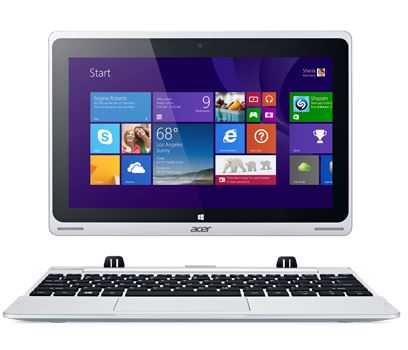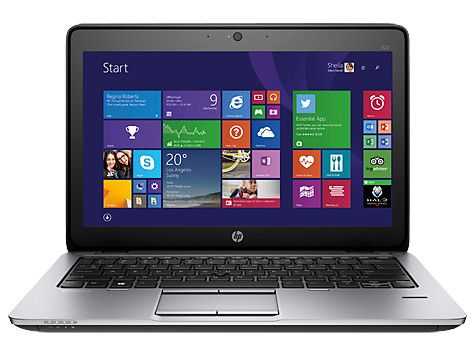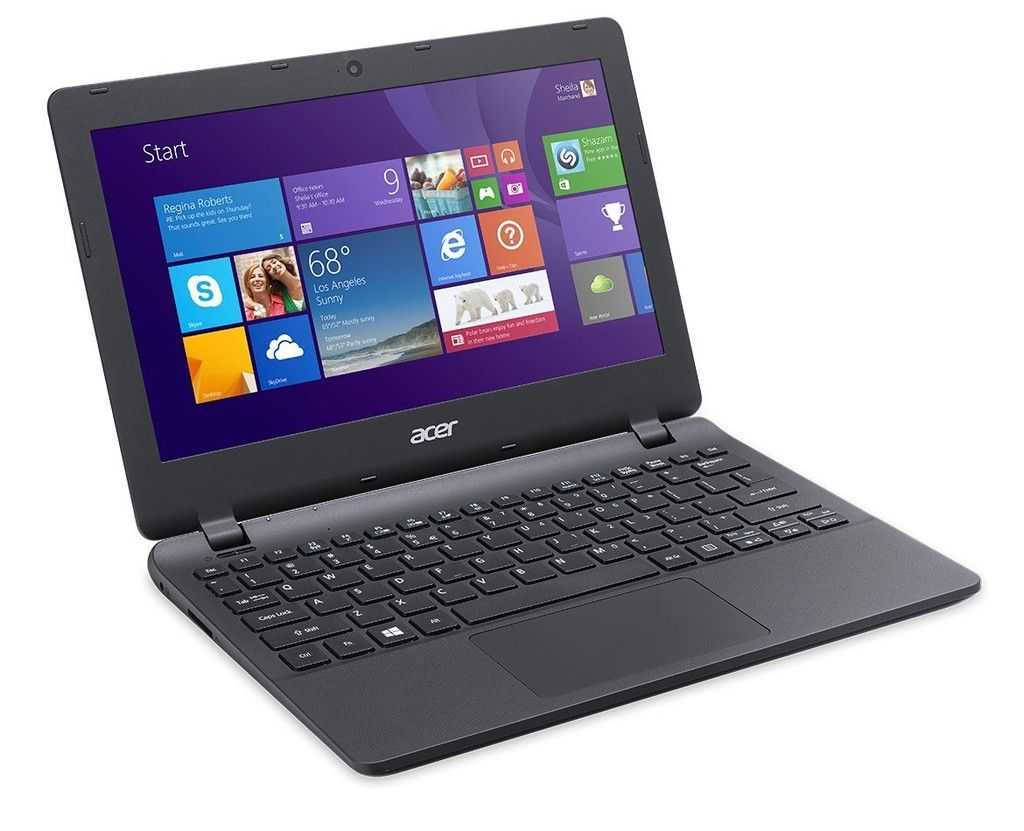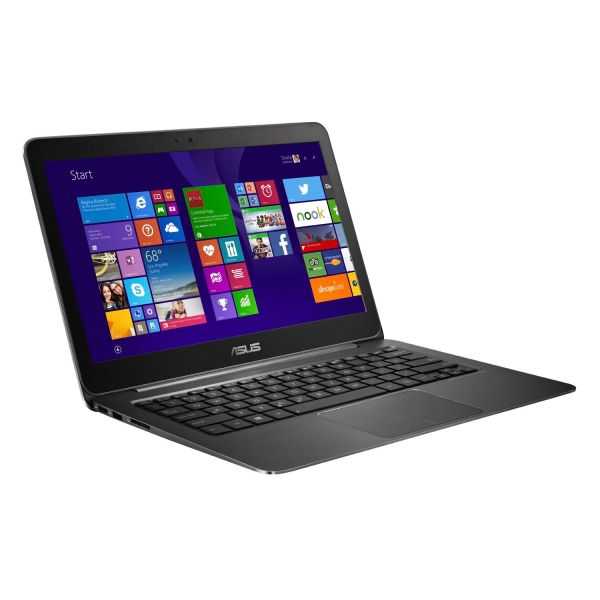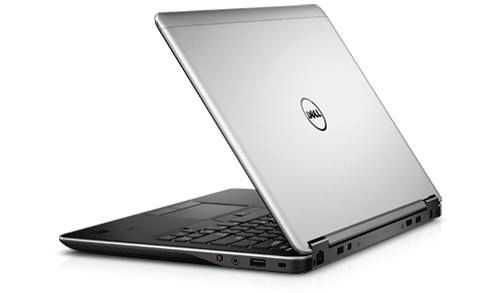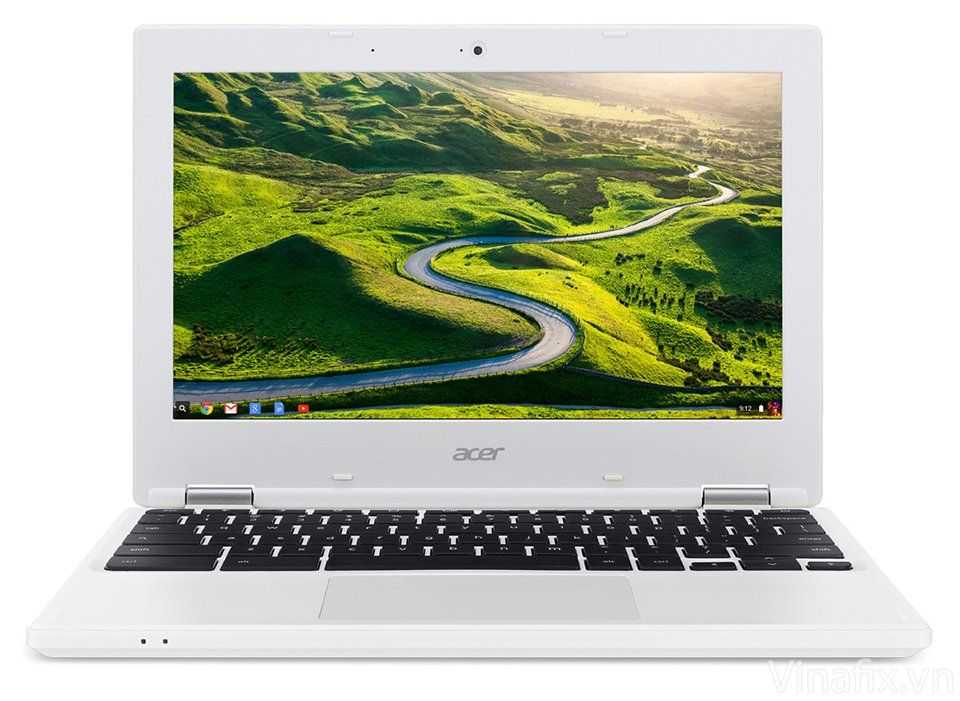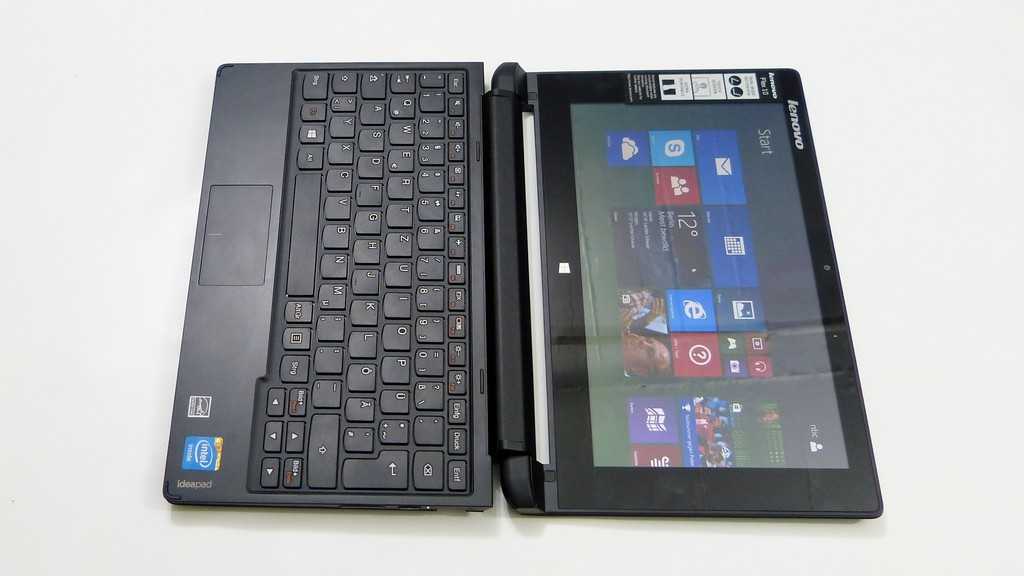
Posted on 12 November 2008

Asus was the first to offer a quality notebook down in the sub-$300 range and it looks like Dell is following their example. Apparently a leaked advertisement shows that Dell will be offering the Inspiron Mini 9 [Portal page] netbook for just $299 on Black Friday. The most likely thing that you will find is the lowest end model which is configured with an 8GB SSD, 512MB of RAM, and Ubuntu as the OS (check the Portal page for additional specs). Buying a model that is configured with those specs today would run to $349. Happy shopping!
[Liliputing]

Posted on 07 November 2008
Where would netbooks be without Windows XP? Probably nowhere, so why have Dell decided to combine the low-power Atom Z-series with Windows Vista on their new 12" laptop? There’s two reasons.
1 – To save a few watts/degrees/mm
2 – To enable a high-end video experience

APCMag and LaptopMag have both done some reviewing and its hard to see any reasoning behind Dells move because neither of the reviews shine. 3hrs battery life and sluggish performance are nothing to write home about, even if the device uses a smaller battery.
The one thing that hasn’t been tested yet is video. The Poulsbo chipset offers hardware decoding for a number of video encoding formats and maybe Dell want to use this as the main feature but from what I can see, there’s no HDMI or composite output so they are obviously not aiming the device at media fans, especially with that relatively slow and small 60GB, 1.8" 4200 RPM drive they’ve put inside. No, it looks like they wanted to go for the smallest, quietest and lowest power build and Menlow/Vista was probably the only choice. Many people are aware that XP drivers just don’t seem to be materialising for the Menlow platform so it looks like Dell made the choice to push out a Vista version rather than wait.
The problem they have now is that the first reviews will stick in the Internet search results and poison any future release of the same model. They also poison the Menlow platform. To me, the Dell Mini 12 is a big mistake. They really should have waited until Windows 7 was available.

Posted on 16 October 2008
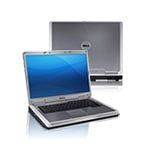 Following up on the previous story I did about the 12" Dell Mini, it looks like it really is going to happen.
Following up on the previous story I did about the 12" Dell Mini, it looks like it really is going to happen.
The size and form factor is of no interest to most readers but what’s going on underneath is very interesting.
Up until now, the performance of Z-series-based PCs running XP or Vista has been less than exciting. Video playback and 3D performance is almost non-existent in devices like the Kohjinsha SC3 and way below what people are seeing on the cheap Atom-based netbooks. In theory, it should be a lot better. Many people have been waiting for fresh drivers for the system controller hub (SCH, Aka Poulsbo) chipset under Vista and for XP-lovers, there’s absolutely nothing out there except rumours. Intel have no choice now but to ship good quality drivers otherwise they will have a big customer problem.
So why are Dell using the Z-series Atom processors? Battery life. Atom Silverthorne and the SCH offer much higher power efficiency so it gives Dell’s engineers the best possible chance to produce an 8hr device. The SCH also has the video decoding hardware built-in so we could be looking at a great long-haul video playback device here.
For those looking for Silverthorne/Poulsbo drivers, keep an eye on the Dell 1210 driver download page.
Source: CSM Report.

Posted on 12 October 2008
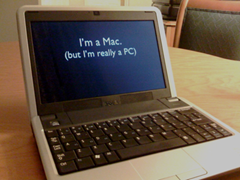
For those of you who love OSX, but also love low cost netbooks, it might be your lucky day. Liliputing is linking to a very handy guide for putting OSX on a Dell Mini 9. Over at TUAW, Steven Sande has put together a nice guide compilation that shows everything you need to get Leopard running on the recently released Dell Mini 9 netbook. Sande calls it the "Little Leopard Laptop", which could made the funny acronym of LLL to compete with the EEE.
If creating a Frankenstein’s monster of PC and OSX components scares you, patience may provide useful as Sande says he is "…sure that Apple will announce a low-cost netbook soon", though in all probability that is just speculation.

Posted on 25 September 2008
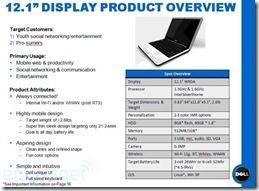 If Intel can prevent OEM’s from using the Dual Core CPU in their netbook and notebook designs, how come they can’t stop Dell using the Z-Series Atom in a notebook? Just as the Dual-core CPU could damage notebook sales, so to could putting a 12" screen on a netbook, even if it didn’t have a dual-core CPU inside.
If Intel can prevent OEM’s from using the Dual Core CPU in their netbook and notebook designs, how come they can’t stop Dell using the Z-Series Atom in a notebook? Just as the Dual-core CPU could damage notebook sales, so to could putting a 12" screen on a netbook, even if it didn’t have a dual-core CPU inside.
I was alerted to this misnomer [hmmm wrong word perhaps. Anomaly?] today via a brief news item today from Tony Smith of The Register who draws the conclusion that the name of a leaked Dell device that will go on sale at UK supermarket Tesco, the Z530, means it will have an Atom Z530 inside. Actually he’s right because if you look back to the early leaks, you find a 12.1" ‘E-Slim’ device based on Silverthorne. Dell are actually going to throw a device right into the middle of the consumer laptop arena and give it netbook-style pricing. This is the danger zone and possibly the beginning of the end for netbooks as we knew them.
Why the Silverthorne CPU and Poulsbo chipset though? Style, Battery life and video. It’s going to be a normal laptop aimed at ‘pro-sumers’ and the ‘Youth social networking/entertainment’ customers. They are aiming for a cheap, super-slim device with ‘all day’ battery life with high-end video playback support and the only way they can do it is to move to the latest Intel MID silicon. I like the idea myself. I have a ultra mobile PC (Still haven’t pulled the trigger on a new Q1 U HSDPA yet though) and a stylish, 12" ultralight with long, long battery life and high-end hardware decoded video playback would suit me as a partner device to take to conferences and to use for hot-desking.
Why am I even talking about this 12" notebook on UMPCPortal though? Apart from it further bluring the edges of the, once well-defined, netbook category, there are a number of other reasons. The main one for us is that it will be running XP and that means drivers! Those of us waiting for drivers for the SC3, D4, SX3, M528 and Aigo MID are going to finally have XP drivers for the chipset. One can assume that if Dell is the customer, the device will have working drivers too! The second point is one that I alluded to earlier and one that I’ve just detailed in an email report to UMPCPortal sponsors and donators. The netbook market is going to be damaging because consumers are finding that they can use a netbook in place of a normal laptop. It IS powerful enough for many. Consumers are truly finding peace with netbooks. When devices like this Dell cross over into the larger netbook market, they bring with them the low-cost pricing and that immediately damages the main notebook market. We end up with a pricing war that, in the long run, reduces funds for R&D, quality engineering and niche products. While the 12" Dell netbook device may look good for consumers now, it could cross over into the danger zone and cause real problems for the future.

Posted on 08 September 2008
Jkk has uncovered some additional information regarding the type of SSDs used in the Mini 9, and the 3G situation.
When it comes to SSDs, it seems as though the performance will depend on the capacity. Jkk (who certainly knows something about these SSDs) notes that the 16GB Mini 9 will use STEC’s (fast) SSD module, while the 4/8GB models will use a (slower) Intel SSD. The STEC SSD apparently has a read/write of 85/25, while the Intel module sits at 38/10, which is the same SSD used in the Acer Aspire One.
As for 3G, we know that there is a SIM card slot behind the battery, and room for the WWAN unit, however it looks like some of the models are lacking the WWAN module (and the PCI-E connector) until they announce carrier locked 3G units. Jkk’s recommendation: wait before ordering! Head over to jkk’s blog for more info and some good pictures.

Posted on 05 September 2008
![[qh_ther8.jpg]](https://www.umpcportal.com/wp-content/uploads/2008/09/qh-ther8-thumb.jpg)
As most of you know by now, Dell launched the Inspiron Mini 9 netbook yesterday. Jkk has come across the service manual for the unit on Dell’s site. The manual shows some good internal pictures and there is a lot of talking in the blogosphere right now about how easy it could be to upgrade the unit’s hardware (never a bad thing).
Vicente, a ultra mobile PC Portal reader, wants to know whether the SSD in the Mini 9 has 100% high speed flash storage, or if they will pull and Eee and have a small part of the storage be high speed, but the majority of it much slower. I asked netbook guru jkk if he had any insight, and he says it isn’t clear yet. Apparently some of the review units that made their way to some of the larger tech sites don’t all have the same SSD. No one is sure exactly which will ship with the unit so it seems as though we’ll have to wait and see.

Posted on 05 September 2008
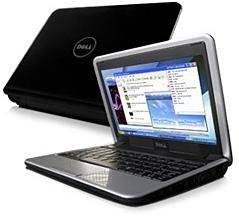 A lot of info about Dell’s entry into the netbook market has been uncovered in the last day or two. The Inspiron
A lot of info about Dell’s entry into the netbook market has been uncovered in the last day or two. The Inspiron 910 Mini 9 has gone official a day before Gizmodo’s predicted date. Now we have all the details about the new netbook, and reviews are already up on the nets. Lets have a look, shall we?
Info directly from Dell’s site shows us three model tiers. All models share an 8.9" 1024×600 display and a 1.6GHz Atom N270 CPU and the usual bevy of ports (full specs can be found in the Portal), but they differentiate in RAM, OS, webcam and SSD size. The least in terms of specs and price starts at $349 and comes equipped with 512MB of RAM, no camera, 4GB SSD, and Ubuntu, apparently with a custom Dell interface. The next model up will run you $399 and has 512MB of RAM, 0.3MP webcam, 8GB SSD, and Windows XP Home. The most costly of the three is $449 and has 1GB of RAM, 16GB SSD, 0.3MP webcam, and is also running Windows XP. Keep in mind, these are just pre-configured machines. You can mix and match the different specs (RAM/OS/webcam/SSD) and get exactly what you want. Oh and don’t forget that you can pay an extra $25 for a white model instead of a black one, if you feel so inclined. Buyer beware, none of the models come with Bluetooth, you need to add that yourself (+$20) when you customize the machine.
Strangely enough, Dell is offering ‘Instant Savings’ of $40 and $55 on the middle and top end models respectively; effectively negating any price break for taking the Ubuntu OS. Anyone care to theorize why they would want to get XP machines out the door rather than Ubuntu?







![[qh_ther8.jpg]](https://www.umpcportal.com/wp-content/uploads/2008/09/qh-ther8-thumb.jpg)




